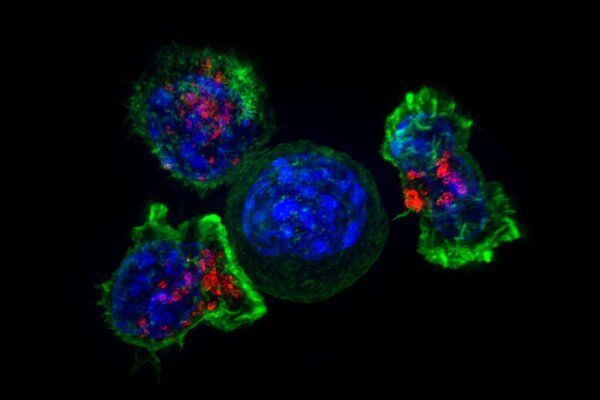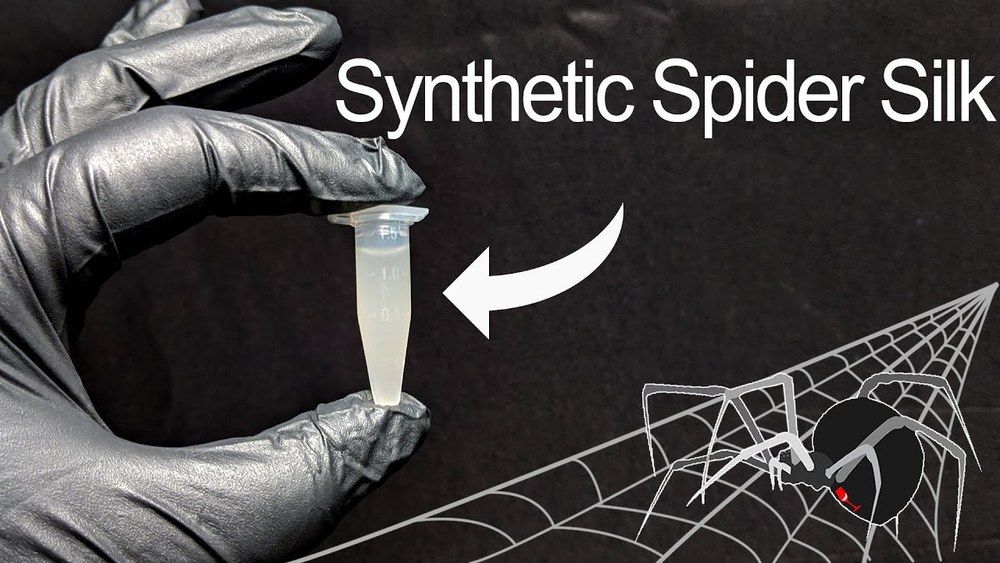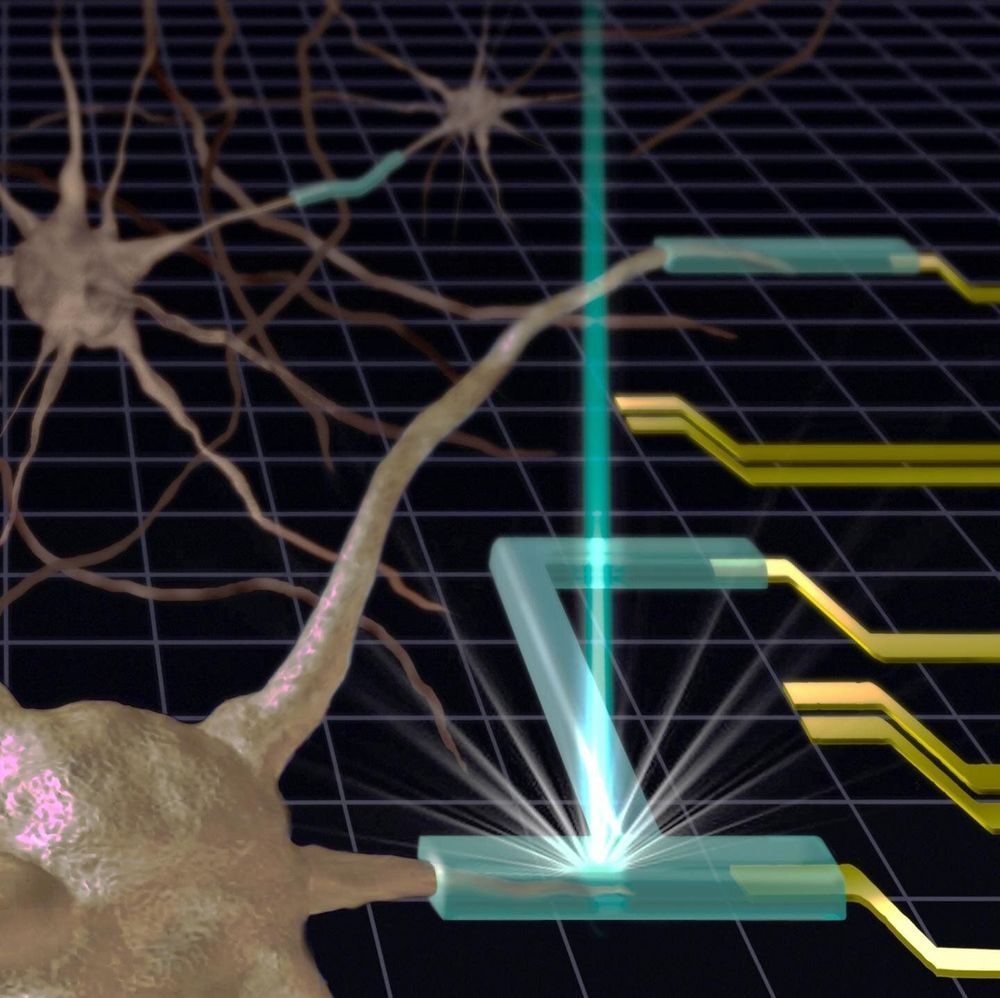Sep 23, 2020
Scientists identify dozens of genes allowing cancer cells to evade the immune system
Posted by Genevieve Klien in categories: biotech/medical, genetics
Toronto scientists have mapped the genes allowing cancer cells to avoid getting killed by the immune system in a finding that paves the way for the development of immunotherapies that would be effective for larger patient populations and across different tumour types.
“Over the last decade, different forms of immunotherapy have emerged as really potent cancer treatments but the reality is that they only generate durable responses in a fraction of patients and not for all tumour types,” says Jason Moffat, a professor of molecular genetics in the Donnelly Centre for Cellular and Biomolecular Research at the University of Toronto who led the work.
The study also revealed the need for new therapy to take into account the genetic composition of tumours because of mutations in the cancer cells that can potentially make the disease worse in response to treatment, often referred to as cancer resistance mutations.

















